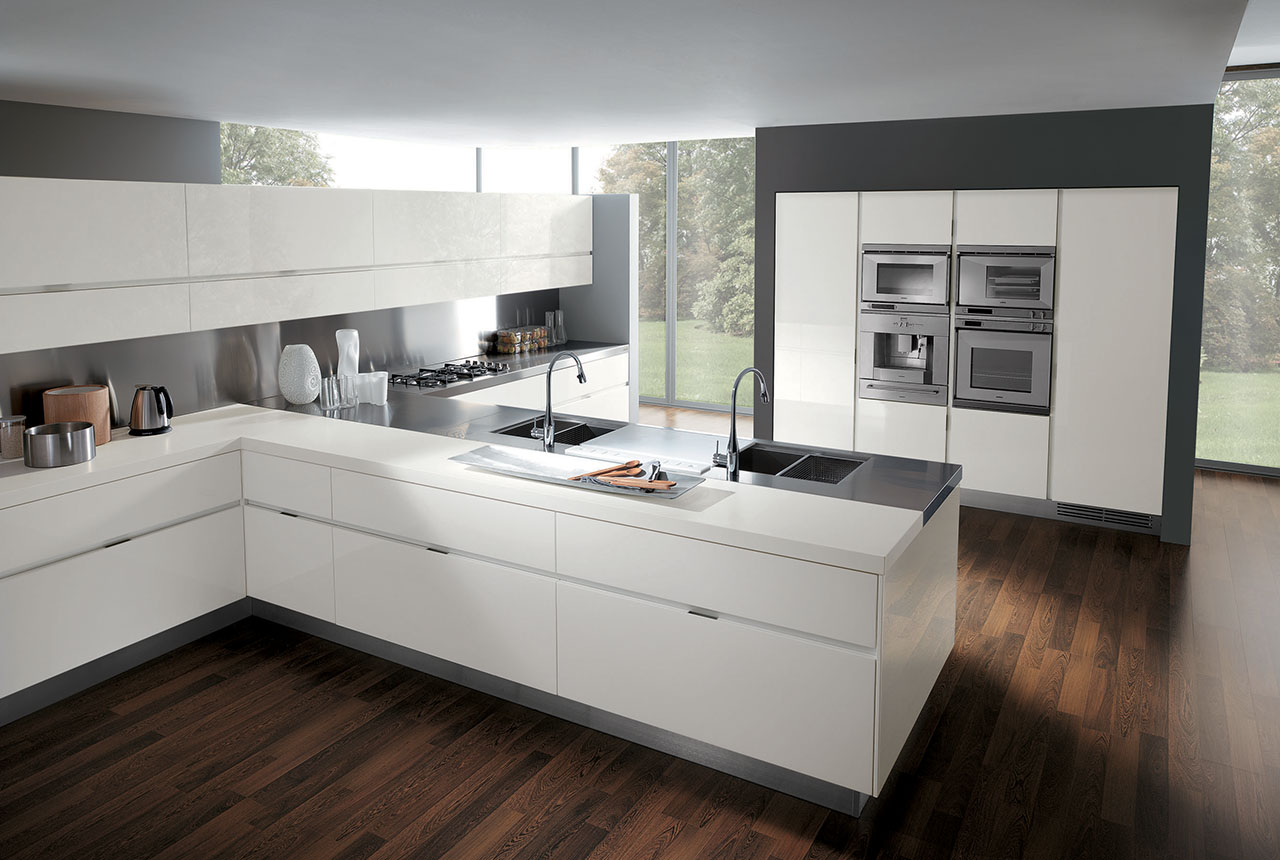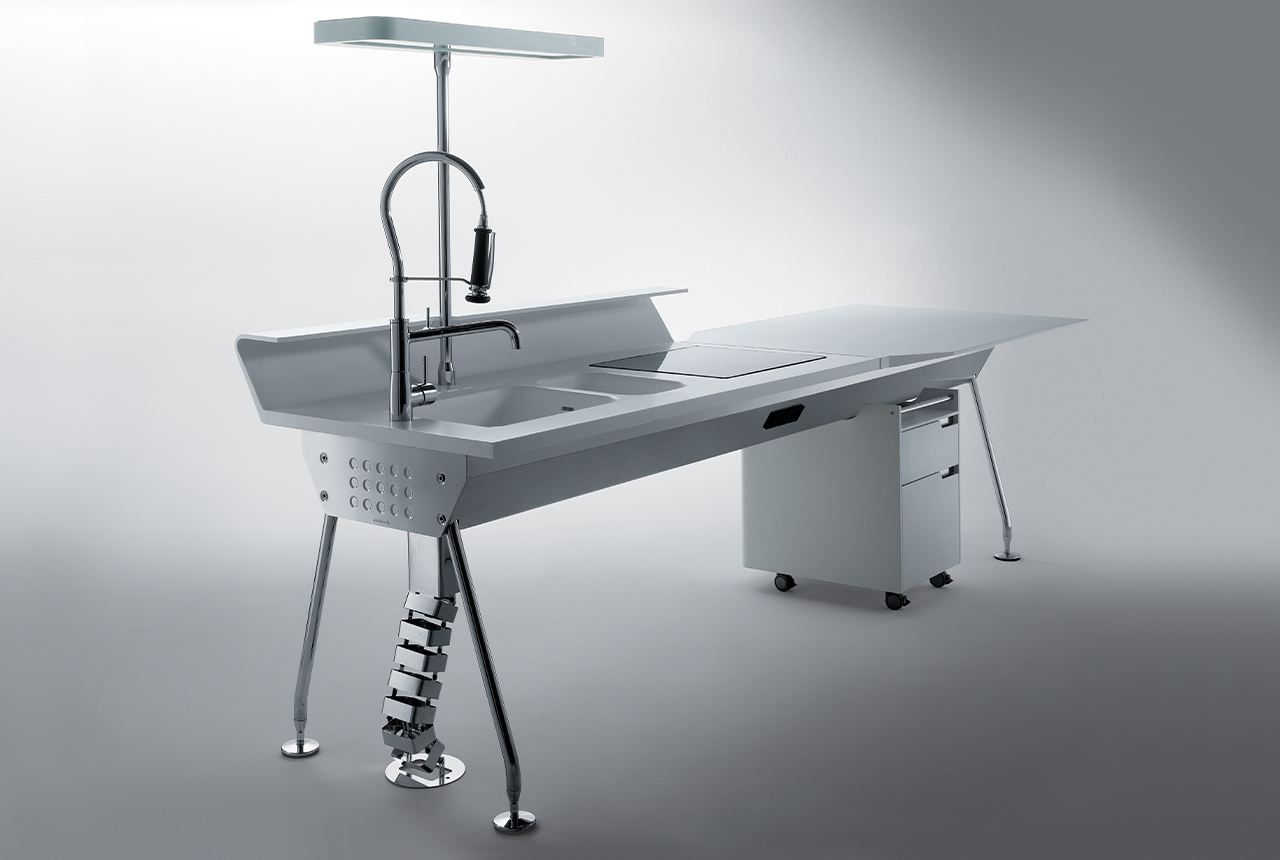
Born at Lissone, after gaining a high-school diploma from the institute of applied arts in Monza , he obtained his professional grounding in the R&D centre of AF&F, a company specialising in the production of metal furniture for public buildings and areas. He founded his own firm in 1972. The simple shape of the objects he creates, his constant experimentation with new materials and applicable technologies, and the meticulous definition of every detail right from the design stage with producer companies' engineering departments, are fundamental to Pietro Arosio's work, although he does not detract from the product's emotional content. Some of his works have been exhibited at London's Victoria and Albert Museum, and at the Die Sammlung museum of modern art in Munich.
Pietro Arosio
Born at Lissone, after gaining a high-school diploma from the institute of applied arts in Monza , he obtained his professional grounding in the R&D centre of AF&F, a company specialising in the production of metal furniture for public buildings and areas. He founded his own firm in 1972. The simple shape of the objects he creates, his constant experimentation with new materials and applicable technologies, and the meticulous definition of every detail right from the design stage with producer companies' engineering departments, are fundamental to Pietro Arosio's work, although he does not detract from the product's emotional content. Some of his works have been exhibited at London's Victoria and Albert Museum, and at the Die Sammlung museum of modern art in Munich.
PIETRO AROSIO FOR ERNESTOMEDA
2002 saw the start of the partnership with Pietro Arioso, who designed the SILVERBOX collection for Ernestomeda. This project also made use of trendy aluminium, but with a very soft, almost matte anodised finish, combined with very dark brown oak. Another very interesting feature was Square, a square aluminium handle set into the door and level with its surface, to give an effect of continuity . The very modern compositions included islands raised off the floor by cylindrical elements.
The partnership with Arioso continued with a second project in 2006. While the previous collections had doors 20 mm thick, ELEKTRA was the first kitchen with doors of 28 mm, styled for lacquered finishes and woods. A kitchen which - while still including horizontal handle groove strips - Arosio built around the vertical axis: it had 5 levels, two comprising the base units, then the worktop, and finally two wall unit levels.

In 2006 Arosio created another project for Ernestomeda, a highly individual room-centre “kitchen object”. A workstation with futuristic design , in the form of a light, labour-saving island able to find space for several functions at once.
SOLARIS was as far from the usual ideas of the kitchen as it was from the walls, in its entirely centripetal approach to space. Arioso described it as an evolution, in form and concept, of the live-in kitchen. Built in the apparently solid but easily shapedCorian, the project was very anthropocentric and was designed for the creation of open, flexible, adaptable interiors. A unique project inspired by the novel Solaris by Stanislaw Lem.

“The kitchen is the vibrant heart of a home, and also essential for making it comfortable to live in.”